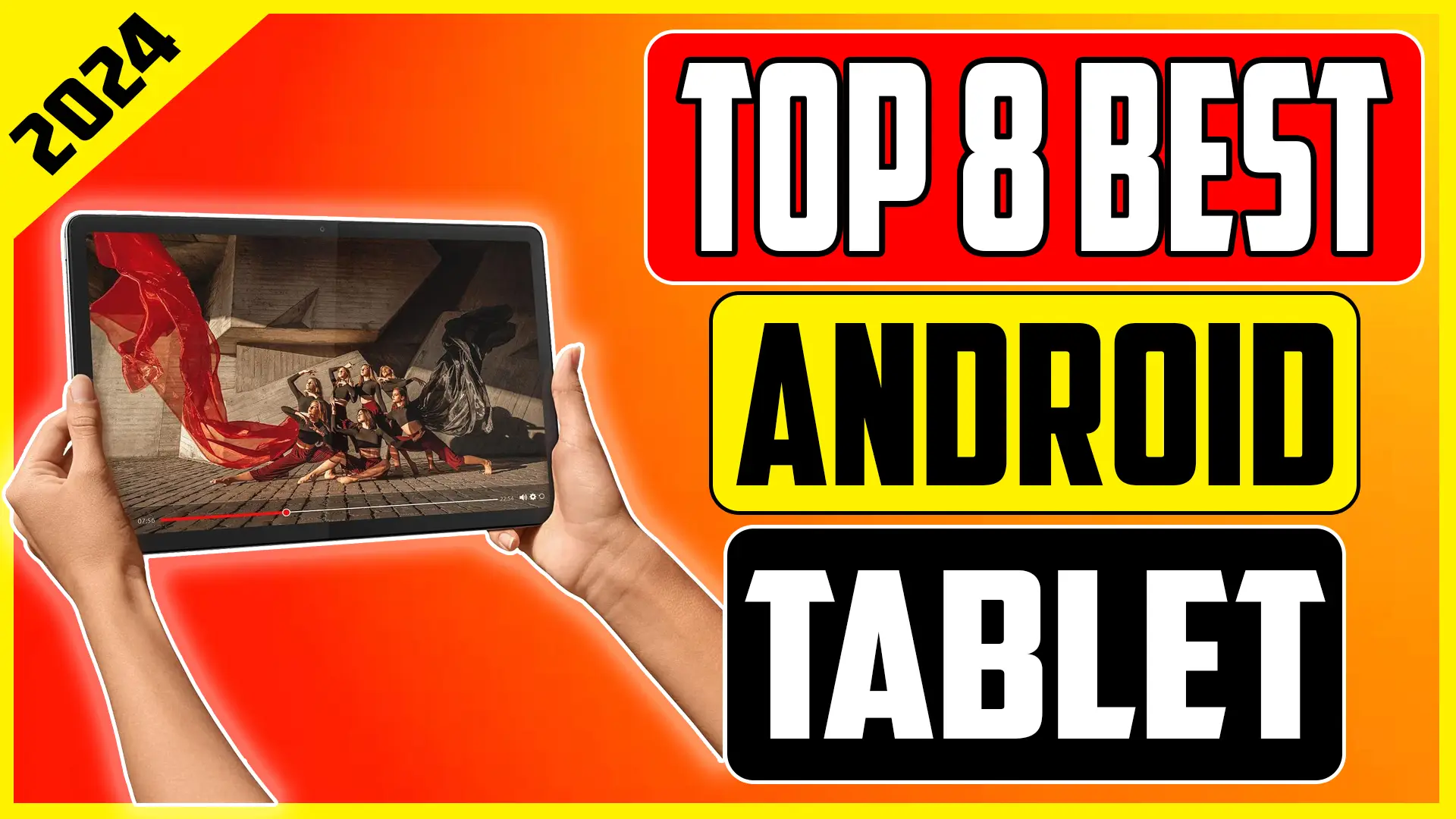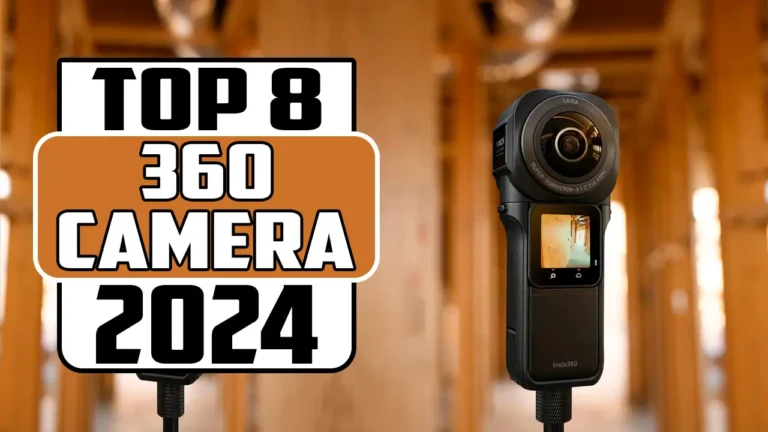Top 10 Best Android Tablets 2024 Edition

As technology continues to evolve, the tablet market has become increasingly diverse, offering a plethora of options tailored to various needs and preferences. From budget-friendly devices to premium models, each tablet brings unique features and capabilities to the table. In this comprehensive review, we will explore and analyze tablets ranked from 10 to 1, delving into their specifications and distinctive attributes that set them apart in the competitive tablet landscape.
Number 10: Samsung Galaxy S6 Lite Tablet
Securing the tenth spot, the Samsung Galaxy S6 Lite Tablet stands out as an ideal choice for individuals who prioritize handwriting. This tablet comes equipped with an S-Pen, allowing users to write directly on the screen, enhancing the overall user experience. Notably, it is one of the few remaining affordable tablets that includes a stylus.
The device shares a sharp display akin to the slightly more economical Tab A7. Its sleek metal design, measuring a mere 0.28 inches in thickness, adds to its aesthetic appeal. Samsung’s claim of up to 12 hours of battery life further solidifies its practicality as a reliable companion.
Number 9: Oukitel RT5 Tablet
Taking the ninth position is the Oukitel RT5 Tablet, specifically engineered for durability. Recognizing the common occurrence of accidental drops, this tablet is designed to withstand falls from heights of almost five feet. Primarily targeted at those working in construction, the RT5 offers robustness and reliability in challenging environments. One of its standout features is the massive 10,000mAh battery, providing an impressive 50 days of standby time.
However, powered by the modest MediaTek MT8788 and accompanied by 8GB of RAM, it may not compete with the performance of higher-end tablets. It’s essential to note that the listed 14GB RAM includes virtual RAM, often overlooked in product listings.
Number 8: Lenovo M9 Tablet
Earning the eighth position, the Lenovo M9 Tablet steps in as a budget-friendly option, succeeding the two-in-one approach of its predecessor in the Smart Tab lineup. Despite the discontinuation of the Smart Tab M8 (Gen 3), the Tab M9 introduces itself with a larger 9-inch screen and a lightweight design, catering to those seeking an affordable Android tablet. Although it deviates from its predecessor’s innovative features, the Tab M9 finds its niche with simplicity and a spacious display, appealing to users looking for an uncomplicated yet effective tablet.
Number 7: Boox Ultra Tablet
The seventh contender, the Boox Ultra Tablet, introduces a unique proposition with its E-Ink display. While traditionally associated with reading, the Onyx Boox Tab Ultra expands its utility. Featuring a color E-Ink display, extended battery life, and a stylus with numerous sensitivity levels, it caters to diverse needs beyond conventional reading.
Despite performance limitations and occasional flickering issues common to E-Ink devices, its comfort for prolonged reading sessions and suitability for larger documents make it stand out in its niche.
Number 6: Lenovo Yoga Tablet
Securing the sixth position, the Lenovo Yoga Tab 13 deviates from conventional tablet designs, offering versatility with a built-in stand. The tablet serves both as a conventional slate and a stand-equipped device, providing flexibility in usage. Additionally, the inclusion of a micro HDMI port enhances its usability as a secondary screen for laptops or other devices. With a substantial speaker, a sizable 13-inch screen, and a moderately powerful Snapdragon 870 chipset, the Yoga Tab 13 addresses audio and visual needs effectively.
However, the absence of a rear camera and design considerations for case usage present nuanced aspects to its overall appeal.
Number 5: OnePlus Tablet
Occupying the fifth spot is the OnePlus Tablet, marking the company’s foray into the tablet market. The OnePlus Pad distinguishes itself with a market-leading 144Hz refresh rate, exceptional speakers, and extended battery life, making it an excellent choice for premium entertainment experiences. Despite having only one storage option and lacking a fingerprint scanner, its competitive price and promised updates until 2028 position the OnePlus Pad as a compelling choice for users seeking a balance between performance and affordability.
Number 4: Samsung Galaxy A9 Tablet
For those adhering to a strict budget, the Samsung Galaxy Tab A9 claims the fourth position. Priced affordably, it doesn’t compromise on essential features. With solid performance, a decent 8.7-inch display, and commendable battery life, it offers a compelling package. Samsung’s One UI software enhances the user experience, housed within a compact yet premium design.
However, its slow charging, basic cameras, and occasional blurry ‘ghosting’ effects during scrolling are considerations to bear in mind. Despite these nuances, the Tab A9 emerges as a commendable budget-friendly tablet.
Number 3: Google Pixel Tablet
Securing the third position is the Google Pixel Tablet, transcending simplicity with its dual functionality. Serving as both a conventional slate and a smart display within the included speaker dock, it adds versatility to its repertoire. Running a stock version of Android without bloatware, it caters to those seeking a Google-centric experience. The Pixel Tablet’s sharp screen, smooth performance, and quality audio output make it a noteworthy contender in the tablet landscape.
Number 2: Lenovo P11 Pro Generation 2 Tablet
In the second spot, the Lenovo P11 Pro Generation 2 Tablet challenges Apple’s dominance in the $400 to $500 segment. Boasting an expansive 11.2-inch display and a robust MediaTek Kompanio 1300T processor, it strikes a balance between size, price, and performance. With 128GB of storage and a micro SD card slot, storage concerns are alleviated. Positioned as an alternative for those desiring the flexibility of Android, the Lenovo P11 Pro Generation 2 Tablet earns its place as a commendable choice.
Number 1: Samsung Galaxy S9 Tablet
Claiming the top spot is the Samsung Galaxy S9 Tablet, offering a balanced blend of affordability and premium features. Packed with an Exynos 1380 processor, a 12.4-inch screen with impressive resolution, and an IP68 rating for dust and waterproofing, it stands out in durability.
The tablet’s commitment to longevity is evident through Samsung’s promise of four Android OS updates and five years of security patches. The inclusion of an S Pen stylus further enhances its appeal, particularly for artists seeking a comprehensive and capable Android tablet.
Buying Guide for Tablets: A Comprehensive Overview
In the rapidly evolving landscape of tablets, finding the right device that aligns with your needs and preferences requires careful consideration. This buying guide aims to provide insights into key aspects to consider when choosing a tablet, ensuring that you make an informed decision based on your unique requirements.
1. Purpose and Usage
Before delving into specific tablet models, it’s crucial to determine the primary purpose and usage scenarios for your device. Whether it’s for productivity, entertainment, or a blend of both, understanding your requirements will guide you towards a tablet that best suits your needs.
2. Budget Considerations
Establishing a budget is a fundamental step in the tablet-buying process. Tablets come in a wide price range, from budget-friendly options to premium devices. Define your budget range and explore tablets within that spectrum, keeping in mind that additional features often accompany higher price points.
3. Display Quality and Size
The display is a key element of the tablet experience. Consider factors such as resolution, brightness, and color accuracy. Additionally, evaluate the size of the display, as larger screens may be preferable for multimedia consumption and productivity tasks, while smaller screens offer greater portability.
4. Performance and Processing Power
The tablet’s performance is influenced by its processing power. For seamless multitasking and efficient performance, opt for tablets with powerful processors. Understand your usage requirements to determine the level of processing power needed, whether for casual use or resource-intensive applications.
5. Battery Life
A tablet’s battery life is a critical factor, especially for users on the go. Consider your usage patterns and opt for a tablet with a battery that aligns with your needs. Tablets boasting extended battery life are ideal for long hours of productivity or entertainment without constant recharging.
6. Operating System
Tablets primarily run on operating systems such as Android, iOS, or Windows. Your choice of operating system may be influenced by your ecosystem preferences, app availability, and desired functionalities. Ensure that the operating system aligns with your workflow and app requirements.
7. Storage Capacity and Expandability
Evaluate the storage capacity offered by the tablet, considering your need for storing apps, media, and documents. Some tablets also support expandable storage via microSD cards, providing flexibility for users with varying storage requirements.
8. Connectivity Options
Consider the connectivity options available on the tablet, including Wi-Fi, Bluetooth, USB ports, and in some cases, cellular connectivity. Assess your connectivity needs to ensure that the tablet seamlessly integrates with your existing devices and networks.
FAQs (Frequently Asked Questions):
Q: Do I need a tablet with cellular connectivity, or is Wi-Fi sufficient?
A: The choice between Wi-Fi-only and cellular connectivity depends on your usage patterns. If you primarily use your tablet in areas with Wi-Fi access, a Wi-Fi-only model is cost-effective. However, if you require internet access on the go, a tablet with cellular connectivity offers greater flexibility.
Q: How important is the inclusion of a stylus for note-taking and creative tasks?
A: The inclusion of a stylus, like the S Pen in Samsung tablets, enhances note-taking and creative capabilities. If these functionalities are essential to you, opt for a tablet with stylus support. Some budget-friendly options, like the Samsung Galaxy S6 Lite, include styluses.
Q: Can I use a tablet for productivity tasks like document editing and multitasking?
A: Yes, many tablets, especially those running Android or iOS, offer robust productivity features. Consider tablets with multi-window support, efficient processors, and compatible productivity apps for tasks such as document editing, multitasking, and more.
Q: What role does the display refresh rate play in tablet performance?
A: The display refresh rate influences the device’s smoothness and responsiveness. Tablets with higher refresh rates, such as 144Hz in the OnePlus Pad, deliver smoother visuals and enhance the overall user experience, especially during gaming and multimedia consumption.
Q: How important are software updates and security patches for tablets?
A: Regular software updates and security patches are crucial for a tablet’s performance, stability, and security. Tablets like the Samsung Galaxy S9 Tablet, promising four Android OS updates and five years of security patches, ensure a longer and more secure device lifespan.
Conclusion:
Navigating the diverse tablet market requires a thoughtful approach, considering factors such as usage, budget, display quality, performance, and connectivity. This buying guide, along with the FAQs, aims to empower users with the knowledge needed to make an informed decision. By understanding your unique requirements and priorities, you can select a tablet that seamlessly integrates into your digital lifestyle, whether for work, entertainment, or creative endeavors.















